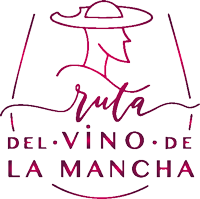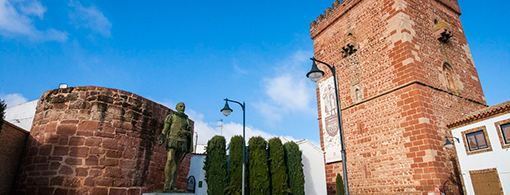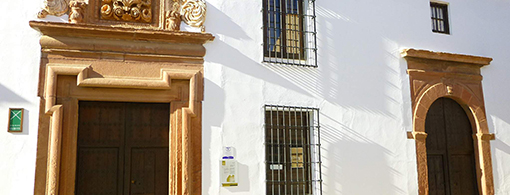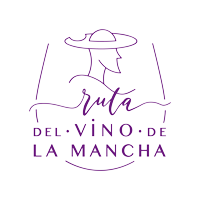Church and Convent of San Francisco

Church and Convent of San Francisco
ALCÁZAR DE SAN JUAN
The Convent of San Francisco was founded on the initiative of D. Diego de Toledo, son of the Duke of Alba D. Fadrique Álvarez de Toledo, and nephew of King Ferdinand the Catholic. The motivation was the confirmation of the possession of the Priory of León of the Order of St. John. He donated some houses and an orchard on the outside of the town in gratitude for the construction of a convent and a church dedicated to St. Francis of Assisi.
This patronage appears in the Latin text engraved on the lintel of the entrance door to the church in Latin, which transcribed says: Work dedicated to San Francisco. This is the House of the Lord, firmly built by order of the Most Illustrious Lord D. Diego de Toledo, Prior of Castile, Pope Clement VII and Charles V Prince of Spain. The year 1532, 2nd March.
It was the donations of the inhabitants of the city that allowed the construction of the church, and it was even the inhabitants themselves who were responsible for transporting the material to the town. The bells were made with gold coins melted and donated by the people of Alcázar.
The building would later be known as the University of Alcázar or San Francisco. Over the years it would house two faculties born in 1619: the Faculty of Grammar and Arts, and the Faculty of Theology, Philosophy and Moral Theology.
The course of time would bring the church of San Francisco to play the function of a temple, hospital, barracks, centre of the Cervantes Academy, boarding school and chapel.
The doorway was made during the last restoration of the church in the 1980s. It has Renaissance features and is built with ashlar stone. In the lower part is the entrance to the church, with a semicircular arch flanked by two fluted pilasters: we can appreciate vegetal decoration and a little winged angel in the keystone.
The tower is outstanding for its great height and size, with a height of 35 m, a square floor plan and four sections. The whole is covered with slate, used as curved tiles with a gabled roof that reveals the difference in height between the central nave and the side naves. It is interesting to note that the north face of the building was completed with reused materials taken from the tombstones of the old convent’s cemetery.
The church has a Latin cross plan with three naves, a three-sided polygonal chevet and a 20-metre transept. Over the atrium, which is located at the foot of the building, rises the choir supported by a segmental arch.
On the right side of the central chapel there is a skull located as a decorative element of the corbel, crowned by a scroll with an inscription and a Franciscan cord. The symbolism of the skull could represent the transience of life. Death is represented as the end of existence and as an obligatory stage before achieving triumph. There is also an image of St. Francis as a preacher.
It is covered by a complex system of star-shaped vaults, the more complex in the more important areas of the building. The columns have Plateresque style capitals, a style that can also be seen in the windows. The bases of the columns and pillars have beautiful floral decoration framed by protruding mouldings. Each flower is different from each other. In the central nave, the capitals are joined by a band, creating continuous capitals, which are decorated with acanthus leaves.
Location
Useful information:
-
- Address: Plaza del Altozano de la Inmaculada, 12 | Alcázar de San Juan
- Opening hours:
- Mornings: from 10:00 a.m. to 1:00 p.m.
- Afternoons: from 5:00 pm to 8:00 pm (in winter) and from 6:00 pm to 8:00 pm (in summer)
-
- Price: Free
- Contact: Franciscan Fathers’ Community
- Contact Phone: 926 540 732









